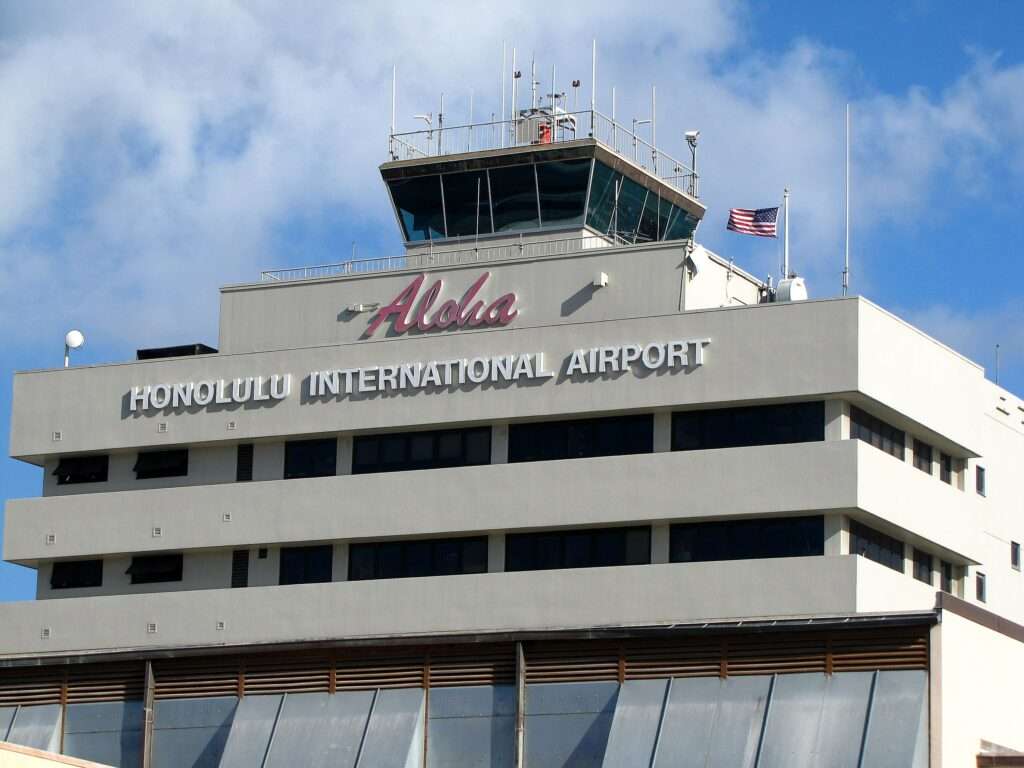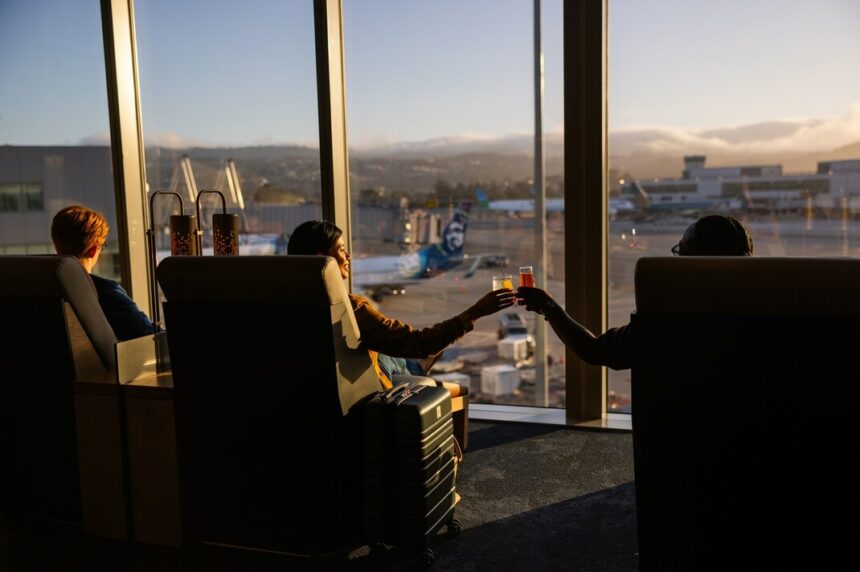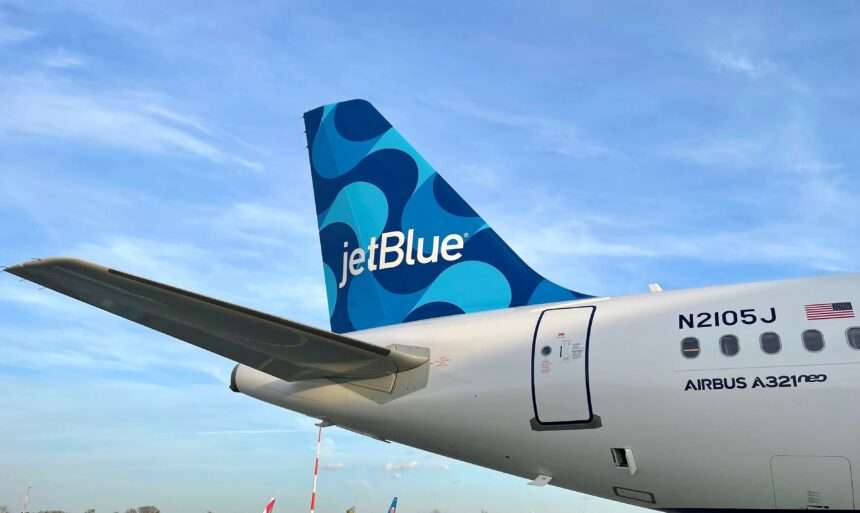Honolulu International Airport (HNL), now officially named Daniel K. Inouye International Airport, is a global gateway to the beauty of Hawaii.
Its story, however, stretches back nearly a century, mirroring the evolution of air travel itself.
From humble beginnings as a territorial airfield to a bustling international hub, HNL’s history is one of innovation, adaptation, and a deep connection to the Hawaiian spirit.
Early Days: John Rodgers Airport (1927-1947)

Prior to 1927, air travel to Hawaii was limited. Small landing strips and seaplane docks served as the entry points for the fledgling aviation industry.
Recognizing the potential for tourism and commerce, the territorial legislature and the Chamber of Commerce collaborated to establish Hawaii’s first full-fledged airport.
Opening its doors on March 21, 1927, the airport was named John Rodgers Airport after John Rodgers, a prominent World War I naval officer.
The initial facilities were modest, but the potential was vast.
Furthermore, Pan Am began scheduled flights between California and Hawaii in 1935, solidifying HNL’s role as a crucial transpacific stop.
Expansion and Transformation: Honolulu Airport (1947-1951)

The growing demand for air travel necessitated expansion.
During World War II, the need for increased space became even more pressing.
In a remarkable feat of engineering, the adjacent Keehi Lagoon was dredged to provide landfill for extending the runway.
This not only created more space for aircraft but also allowed for the construction of new terminals and facilities.
The year 1947 marked a significant shift.
Reflecting the growing importance of air travel, the airport’s name was changed to Honolulu Airport, aligning with the practice of naming airports after the city they served.
Furthermore, this streamlined communication and helped solidify Honolulu’s position as a major air travel destination.
The Jet Age and the Rise of Honolulu International Airport (1951-1970)
The dawn of the jet age in the 1950s revolutionized air travel. Honolulu International Airport (HNL as it was officially named in 1951) was poised to take advantage of this new era.
A master plan was developed, with a focus on creating an infrastructure that could accommodate the larger, faster jets.

One of the most notable achievements of this period was the construction of a 13,097-foot runway, which held the distinction of being the longest in the world for a brief period in the early 1950s.
This extended runway allowed for nonstop flights from the West Coast of the United States, further boosting tourism to Hawaii.
Furthermore, the introduction of jetliners also necessitated the construction of new terminals.
The iconic “Overseas Terminal” (now Terminal 2) opened in 1962, catering specifically to international arrivals and departures.
Growth and Adaptation: Honolulu International Airport in the Modern Era (1970-Present)
The latter half of the 20th century saw continued growth at HNL.
The rise of interisland travel within Hawaii led to the construction of the “Interisland Terminal” (now Terminal 1) in 1993.
Increased passenger traffic necessitated further expansion, with ongoing renovations and upgrades to existing facilities.
Furthermore, environmental concerns also became a growing priority.
HNL implemented various sustainability initiatives, including energy-efficient buildings and the use of biofuels in ground operations.
In 2017, the airport was renamed Daniel K. Inouye International Airport in honor of the late Senator Daniel K. Inouye, a dedicated advocate for Hawaii and a champion of aviation.
The new name reflects not only the airport’s international significance but also its deep connection to the islands it serves.
Looking Ahead: A Gateway to the Future
Today, Honolulu International Airport is a bustling hub, welcoming millions of visitors each year.
It serves as a vital link between Hawaii and the rest of the world, playing a crucial role in the state’s economy and tourism industry.
As technology continues to evolve, HNL is constantly looking towards the future.
Plans are underway for further expansion and modernization.
This includes focus on improving passenger experience, incorporating sustainable practices, and ensuring the airport remains a vital gateway to the beauty and wonder of Hawaii.
The story of Honolulu International Airport is a testament to Hawaii’s embrace of innovation and its commitment to connection.
From its humble beginnings as a territorial airfield to its current status as a global hub, HNL’s journey reflects not only the evolution of air travel but also the enduring spirit of Aloha.

Click the banner to subscribe to our weekly newsleter.

Click the photo to join our WhatsApp channel so then you can stay up to date with everything going on in the aviation industry!









